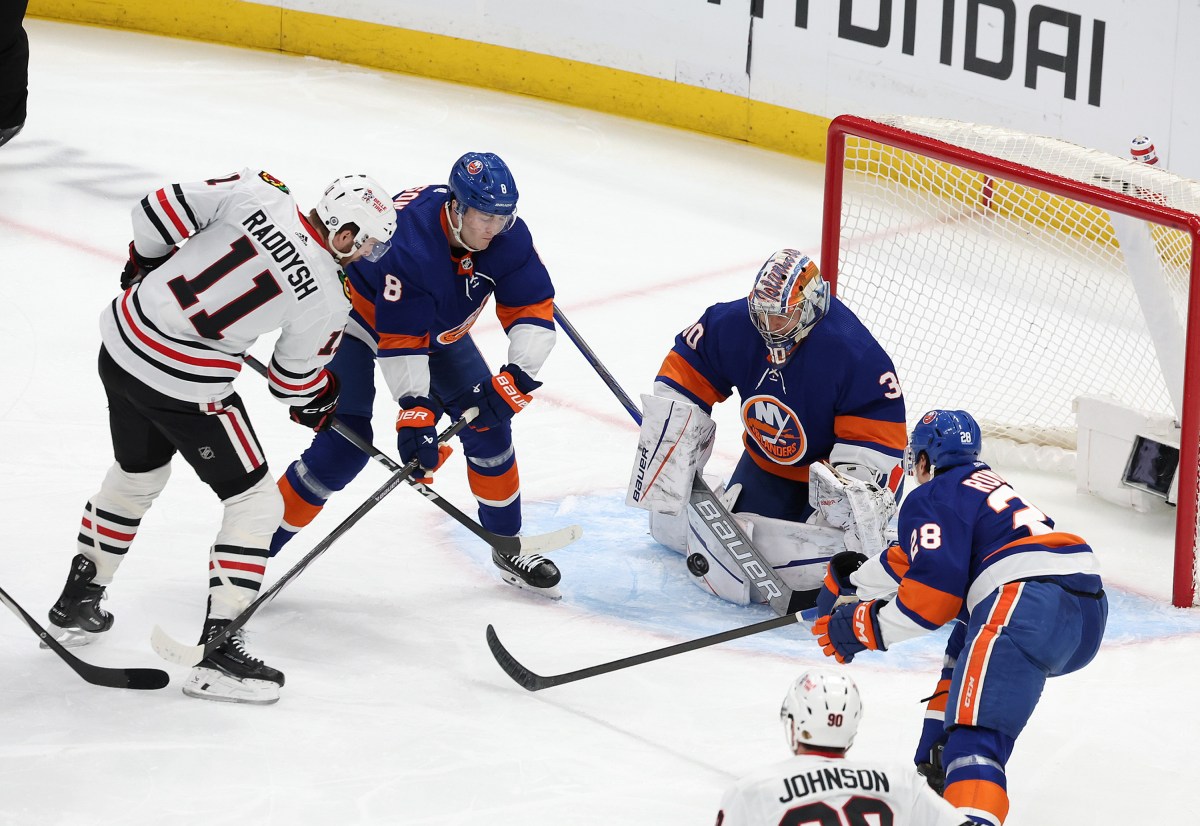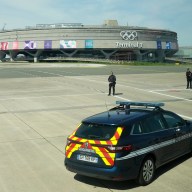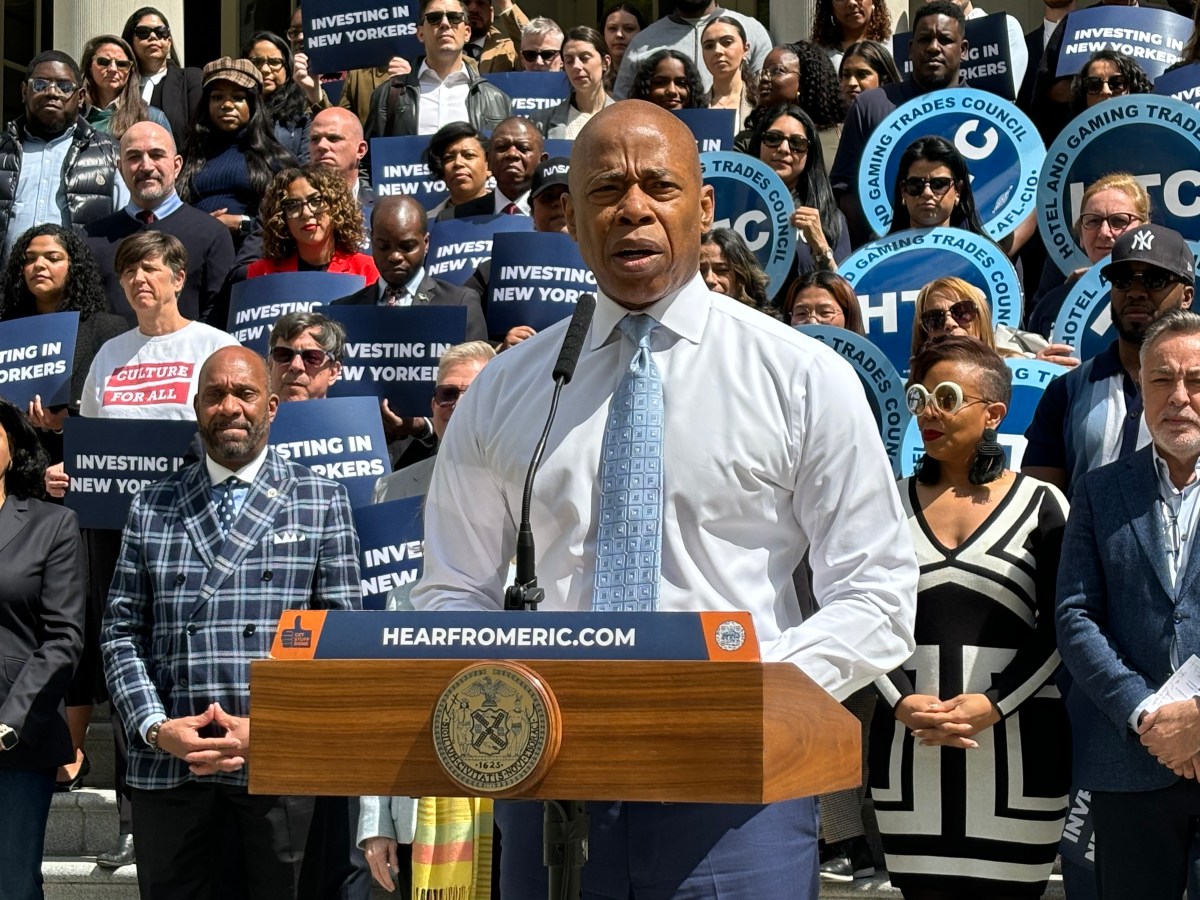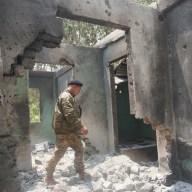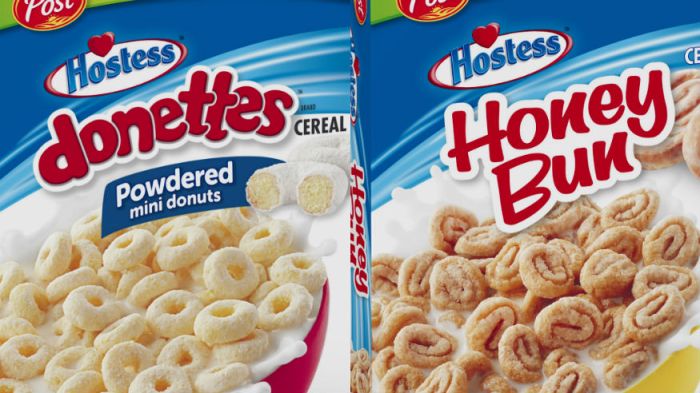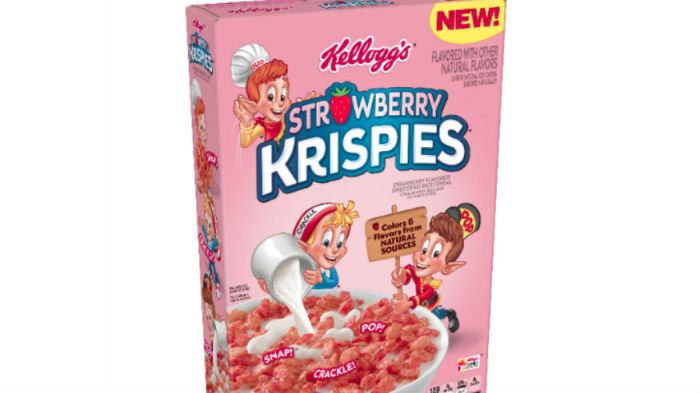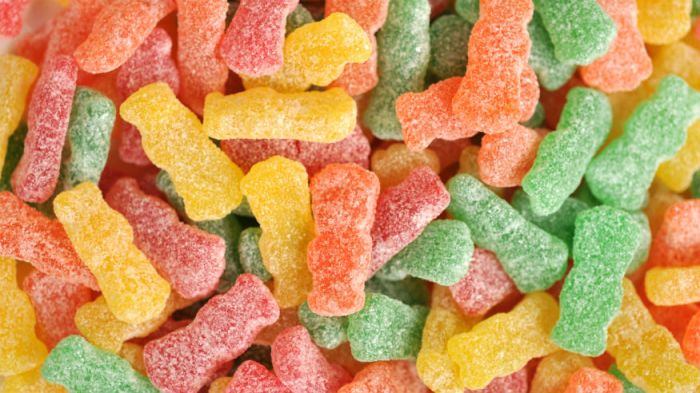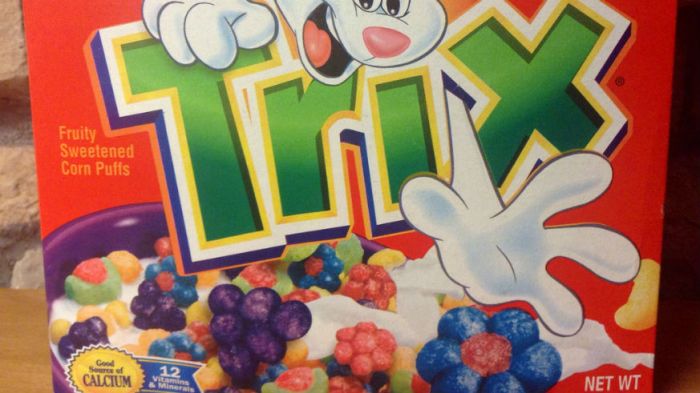Experts at Harvard estimate that 54 percent of Americans drink coffee on a daily basis. But are most of us drinking subpar brews? Renowned coffee expert George Howell says that coffee isn’t all that different from wine in that a cheap variety is likely to disappoint.
3 tips for snagging the best cup of coffee
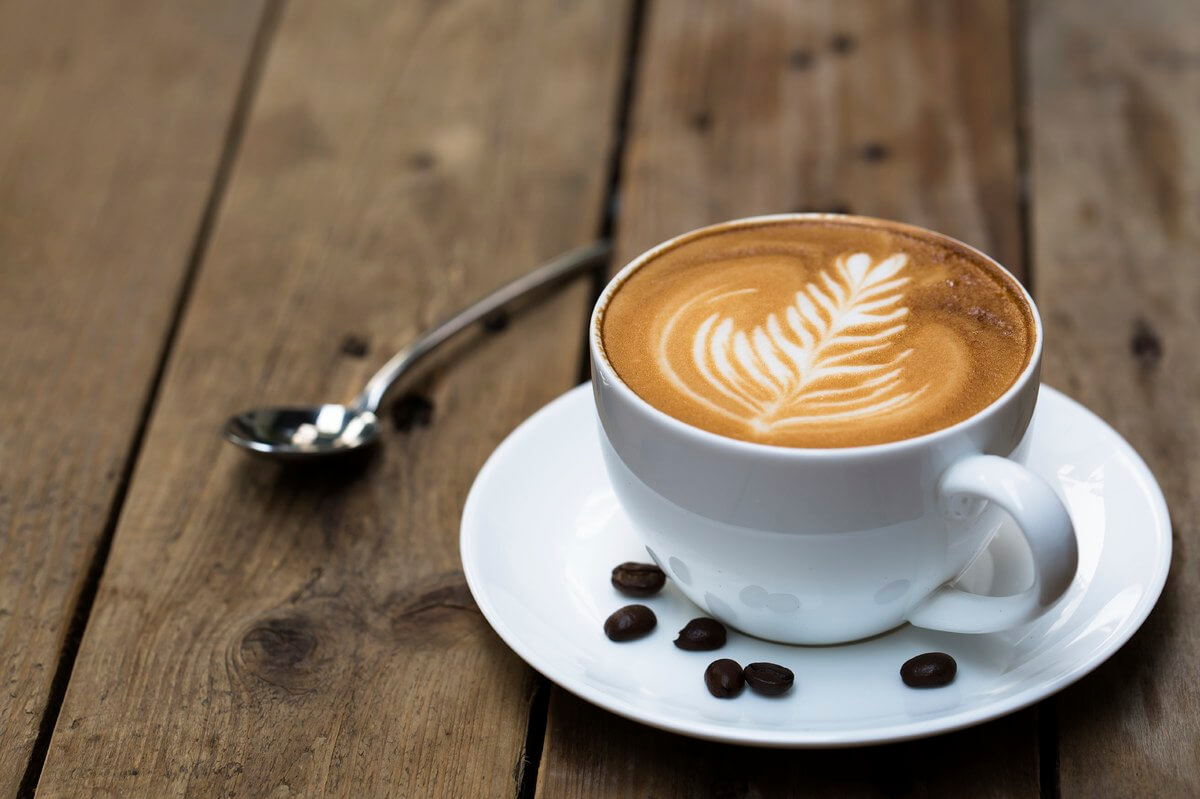
iStock
“You can also pay $50 for a bottle of wine and it’s still just as bad as the cheap stuff,” he cautions.
So what is the best way to approach your morning coffee? Howell first advises trying a wide selection of brews and cafes to help pinpoint what it is you actually like.
“We all roast differently, and we often buy different coffees as well,” he says. “So each one of those places is going to be a very different experience.”
Looking to bump up your coffee game? Read on for three tips for finding your new favorite cup of Joe.
ALWAYS TASTE COFFEE WHILE IT’S BLACK
Most of us prefer our coffee with some variation of milk and sugar. But when trying out a new brew, Howell says it’s better to hold off on this instinct.
“You should always smell and taste the coffee before adding anything because to really find a coffee you like, it requires tasting it black,” says Howell. “That’s really the first step toward finding great coffee.”
This is because a good cup of coffee actually won’t taste overly bitter when you sip it black. In other words, it’s a pretty reliable indicator of whether or not the coffee has been brewed properly. Howell adds that a particularly well-brewed cup might even turn you off to milk and sugar forever.
UNDERSTAND THE DIFFERENT BREWS
Blonde roast, French roast, light roast—is there really any difference? Howell says yes. Coffee brews typically fall into two camps: dark and light. Dark roast simply means that the beans have been taken to a higher temperature, which lends itself to a slightly more bitter taste.
“You create a lot of elements that then add bitterness to the brew and remove acidity,” says Howell.
A lighter roast, as you might expect, requires taking the beans to a lower temperature. The result is a less bitter, more sour-tasting coffee.
Whether you opt for a dark roast or a light one, you’ll be doing yourself a favor by purchasing beans that are in a bag. “If you’re buying the best, you don’t want open bins,” says Howell. “You want it in a bag that has a one-way valve.”
Fresh coffee naturally produces carbon dioxide. A one-way valve allows it to exit the bag without letting in any oxygen, which will kill the coffee’s shelf life.
CONSIDER BREWING AT HOME
Single-cup coffee makers are all the rage right now, but Howell says they actually aren’t the best for home brewing. “To me, anything that’s pre-ground is stale by definition; and K-cups are no exception,” he says. “I don’t think there really is a great single-cup coffee maker yet.”
Instead, opt for an automatic machine that brings the water up to at least 200 degrees. Also be sure to use a coffee maker that takes roughly four and a half to five and a half minutes to brew. (Brewing any faster is a surefire way to get underdeveloped notes, instead of the fullness and body you should expect from a good cup of coffee.)
“Coffee is always better if you just have a little bit of patience,” says Howell.

